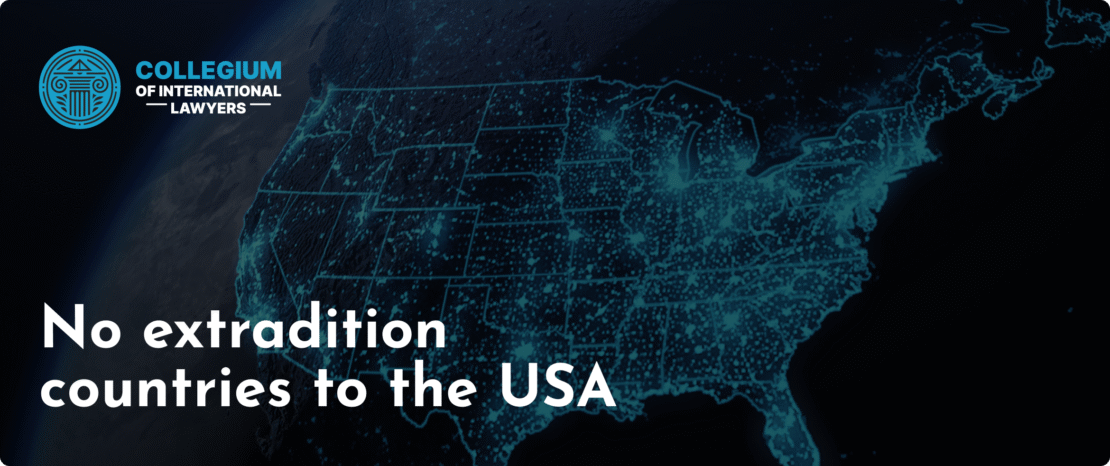

The Rise of the Russian Mafia: Its Origins and Influence
The rise of the Russian mafia, often referred to as the “Bratva,” is a multifaceted phenomenon that has captivated the attention of the world since the collapse of the Soviet Union. From its roots in pre-revolutionary Russia to its transformation into a global criminal empire, the story of the Russian mafia is a testament to how political turmoil and social upheaval can give birth to organized crime. For a deeper dive into this subject, you can check out rise of the Russian mafia brewminate.com/bratva-the-emergence-and-growth-of-the-russian-mafia/.
Early Origins
The origins of the Russian mafia can be traced back to the late 19th and early 20th centuries, during a time when Russia was rife with corruption and poverty. Many criminal gangs emerged from the marginalized communities in cities like Moscow and St. Petersburg. These groups engaged in petty crime, forming the foundation of what would later evolve into more organized syndicates.
Post-Revolutionary Chaos
The Russian Revolution of 1917 and the subsequent civil war further exacerbated the chaos in the country, allowing organized crime to flourish. The Bolsheviks’ focus on consolidating power led to the neglect of law and order in many regions, providing fertile ground for criminal enterprises to expand. During this time, the early iterations of the Russian mafia began to form alliances with corrupt government officials, laying the groundwork for their future influence.

The GULAG System
One of the significant factors contributing to the rise of organized crime in Russia was the GULAG labor camp system established under Joseph Stalin. Prisoners, including many political dissidents and criminals, were subjected to brutal conditions, and a unique subculture emerged within the camps. The “thieves’ law” or “criminal code,” which emphasized loyalty and respect among inmates, began to shape the ethos of the mafia. Many of these inmates would become key figures in the post-Soviet criminal world upon their release.
The Fall of the Soviet Union
The collapse of the Soviet Union in 1991 marked a pivotal moment in the evolution of the Russian mafia. With state institutions weakened and the economy in shambles, criminal organizations began to fill the void left by the government. This period saw an explosion of new crime groups, many of which sought to capitalize on the privatization of state assets. The mafia’s influence grew in parallel with the chaos, allowing it to infiltrate legitimate businesses and engage in various illicit activities.
Key Players and Structures
The Russian mafia is not a monolithic entity; rather, it comprises a multitude of factions and groups, each with its own leadership structure and area of influence. Some of the most notorious organizations include the Solntsevskaya Bratva, the Tambov Gang, and the Izmaylovskaya Gang. These groups often engage in turf wars and collaborate with one another, creating a web of alliances that complicate law enforcement efforts.

Modern Activities
Today, the Russian mafia is involved in a wide array of criminal activities, including drug trafficking, human trafficking, arms smuggling, money laundering, and cybercrime. Their reach extends beyond Russia, affecting countries across Europe, North America, and Asia. For instance, the mafia has been linked to high-profile international drug trafficking rings that operate across borders, showcasing its ability to adapt and expand in a globalized world.
Influence on Russian Society
The Russian mafia’s influence on society is profound, permeating various aspects of life in Russia. From corrupting politicians to infiltrating law enforcement agencies, the mafia has been able to manipulate systems and maintain a level of impunity. This situation has led to a general sense of mistrust among the populace towards governmental institutions, as many citizens perceive the mafia as an integral part of the political landscape.
International Implications
The international community has not been immune to the ramifications of the Russian mafia’s activities. Their organized nature makes them formidable opponents in combating global crime. Various governments have initiated crackdowns and implemented sanctions against known mafia members and organizations. However, the challenge remains significant due to the complex, far-reaching networks they have established.
Conclusion: The Future of the Russian Mafia
The Russian mafia’s evolution reflects broader trends in both Russian society and international crime. As globalization continues to reshape economies and societies across the globe, the mafia is likely to adapt and find new avenues for growth and influence. While law enforcement agencies worldwide are becoming more sophisticated in their techniques, the multifaceted nature of the Russian mafia poses ongoing challenges that demand international cooperation and innovative strategies to counteract their expanding reach.




























